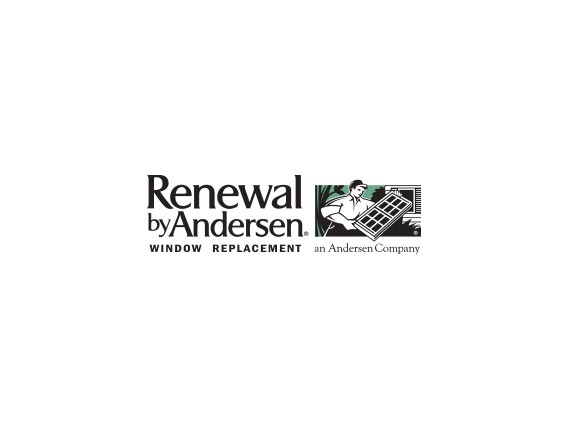

Bow and bay windows are among the most beautiful window styles you can choose from. Getting these windows installed in your home is a proven way to increase your property’s value, but is there anything more to them than their capacity to enhance your curb appeal? Can they be energy-efficient? Can they also be considered good investments, especially as far as maintenance is concerned? How do you make the most out of your bow and bay windows, should you decide to have them installed? And what’s the difference between the two window types? Find out the answers to all these questions – and more – in this three-part blog series.
Bay windows have three angled projections, while bow windows feature four or more windows. Bay windows typically include a large fixed picture window with two smaller operating windows, while bow windows have a more gently rounded shape with a combination of fixed or operating windows.
In addition, bay windows protrude further, thereby extending the floor space within the home. Bow windows typically have more glass panes than bay windows do, and can let in more light.
Bow and bay windows have many similarities. They both add great potential for passive daylighting and ventilation, which can significantly curb your utility expenses. They also both add great architectural interest, which can be appealing if you have plans to sell your home.
Because they have cleaner lines, bay windows are ideal for modern homes. The curves typical of bow windows, on the other hand, suit Victorian homes well.
One of the more significant factors affecting whether or not to have bow or bay windows installed is price – they do cost more than other window styles, but then again, this is because they are combination windows. Other factors that dictate the overall price of the unit include the glass size, the materials used for the frame, and the final design of the windows.
What do you stand to gain if you install bow or bay windows in your home? Stay tuned for Part 2 of this series.
We tackled some commonly asked questions about bow and bay windows in Part 1. Now we’ll answer one of the most important questions about window replacement: what do you stand to gain?
Because bow and bay windows extend outward, homeowners typically gain at least three feet of available space along the same wall, which can be allocated for other purposes. You can easily use the free space for something else – such as a bookshelf, a reading nook or storage.
The quaint appeal of bow and bay windows is also something that many homeowners love. Ideal for both modern and old homes, they can spruce up not just your home, but also contribute a bit of character to your neighborhood. Plus, they help increase your chances of closing a successful sale, should you decide to put your property on the market.
Depending on the type of materials you choose to use, bow and bay windows may require little maintenance over the years. Some types of bow and bay windows, for instance, feature composite frames that do not require constant upkeep and repainting.
The very structure of bow and bay windows encourages natural ventilation and daylighting, but energy-conscious homeowners who wish to further boost the energy performance of their windows can rely on these suggestions.
Part 1 of this series discussed facts about bay and bow windows, while Part 2 covered their advantages. To cap off the series, we will now uncover how you can make the most out of your investment.
It is important to employ proper installation practices with bow and bay windows. Incorrect installation techniques can give rise to a lot of issues, including:
The above issues are more pronounced during cold days, as the inside and glazing of bow and bay windows retain moisture more than the other parts of the home. Care and caution must therefore be implemented – and allowed for – during installation to curb possible damage.
Who you hire to install your windows is a crucial decision. Because the process requires specialized knowledge, look for these factors before signing any contract:
Lastly, look for fair pricing. Do not automatically opt for the cheapest bay or bow window you can find; rather, find the best value you can for your money. Make sure you get your money’s worth by carefully reviewing your contract before you sign it.